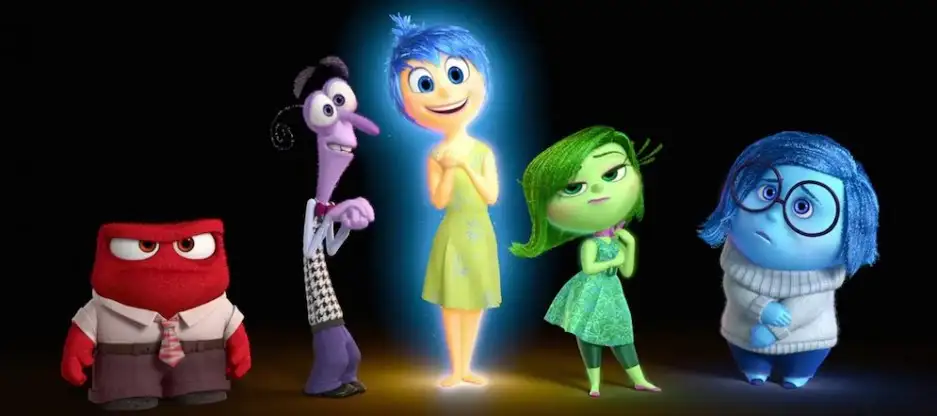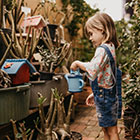-
AllAnytime Fitness Gym Art Beer Of The Week Blog Bus Fares Bus Service Business Business Expo C2C Care Care Home Charity Children Christmas Cinema City Status Cliffs Pavilion Cliffs Pavilion Review Cocktail Recipes College Community Competition Construction Coronation Coronavirus Dannielle Emery Design Easter Education Electoral changes Leigh on sea Emma Smith Employment Emsella Chair Environment Essex & Suffolk Water News Essex Police Essex Wildlife Trust News Events Family Fun Fashion Festival Film Finance Fitness Food Food & Drink Football Foulness Bike Ride Fresh Face Pillow Company Gardening General Election Hair & Beauty Halloween Harp Havens Havens Hospice Havens Hospices Havens Hospices Health & Fitness Health & Beauty Health & Fitness Healthwatch Southend Historicaleigh History Holidays Housing Indian Indirock Jubilee Karen Harvey Conran Kids Kids Blogs Kids Competitions Kids Reviews Lazydays Festival Legal Legal Eagle Leigh Art Trail Leigh Folk Festival Leigh Library Leigh On Sea Finds Leigh Road Leigh Town Council Leigh Town Council Press Release Leigh on Sea Leigh on Sea Sounds Leigh on sea Folk Festival Leigh on sea Marathon Leigh on sea Town Council Leigh on sea man breaks marathon record Leigh on sea news Lifestyle Livewell Southend Press Release LoS Shop London London Southend Airport Los Shop Marathon Melinda Giles Mortgage Angel blog Mortgages Motherofalloutings Mughal Dynasty Music My Mortgage Angel MyLoS NHS News News Newsletter Offers Outfit Of The Week Palace Theatre Parenting Parking Pets Picture Of The Week Pier Politics Press Release Press Release Southend City Council Professional Property Property Of The Week RSPCA Ray Morgan Re:loved Recipes Recycling Restaurant Restaurant Review Restaurants Review Roads Rotary Club Royal Hotel Royal Visit SAVS Schools Seafront Shopping Shows & Music Review Shows & Music Shows & Music Review Southend Southend Airport Southend Borough Council Press Release Southend City Bid News Southend City Council Southend City Council Press Release Southend City Council Press Release Southend Community Safety Southend Hospital News Southend In Sight Southend In Sight Southend In Sight Press Release Southend on Sea Sport The Mortgage Mum The One Love Project The Ship Hotel Theatre Theatre Blog Theatre Review Theatre review Transport Travel Travel Veolia Village Green Volunteer Weddings Whats On c2c
Look Inside

Look Inside
8pm on a Saturday night. It had been a warm day, I'd been sea swimming and had a haircut and was feeling good. But instead of, say, getting ready to go out like most people do on a Saturday night, I was crying my eyes out. Not just a few little tears, but proper sobs. Snot and puffy eyes. The whole deal. What was the matter? I was in the cinema watching the new Pixar movie, Inside Out.
OH GOD, THE TEARS. This is a heart-breaking - and heart-warming - film. It focuses on Riley, an 11 year old girl who loves her life in Minnesota where she plays ice-hockey and has lovely friends. Then, all of a sudden, her family moves to San Francisco where there's no snow, no friends, and she feels alienated and lost. But here's the clever part: the film is led by 5 characters inside Riley's head. Joy, Sadness, Disgust, Anger, and Fear.
This is basically a film about psychology, covering everything from core memories, abstract thought and dreams to the subconscious and the looming, confusing advent of adolescence (I particularly loved when Joy says "What's puberty? Oh well, it's probably nothing") - however these issues are addressed in a film that is animated for kids, and funny, and sad, and clever - and relatable.
When Joy and Sadness get locked out of Riley's 'mind headquarters' during a particularly awful first day at a new school, she cannot function. She feels nothing. Up until now, life has been simple and easy to understand, but now with growing up and a new life to get her head around, it shocks the poor kid into numbness.
It feels extremely important for this film to be made now, acknowledging mental health issues in a blockbusting animated Pixar film. It speaks more to modern life than the frankly banal Frozen (sorry to all children born since 2005, but I thought it was awful) and will create conversations between children and their parents about what they're feeling, what's going on inside their heads.
I once read a children's book called The Red Tree by Shaun Tan and I loved how it was basically teaching children about depression. It shouldn't be shied away from when you consider that nearly a fifth of adults experience some form of anxiety or depression - and that's just in the UK. The Red Tree explains that some days, you may feel as though life is getting on top of you - illustrated by a girl in a tiny boat on a massive, stormy ocean for example. But on each page is a tiny red leaf, symbolising hope. And right at the end, the character sees a red tree made up of these gorgeous hopeful symbols, and knows she is going to be okay.
Even though I spent my Saturday night crying in the cinema, it was definitely worth it. Go and see this film whether you have children or not - for it is beautiful.
My top 5 Pixar moments
1. The death-metal loving Mom in Monsters University
2. Anything involving Dory from Finding Nemo ("I can speak whale!")
3. Bing Bong and Joy's determination in Inside Out (still not over this)
4. Mr & Mrs Potato Head's squabbling in all the Toy Stories
5. The dogs in Up
ADD A COMMENT
Note: If comment section is not showing please log in to Facebook in another browser tab and refresh.
























